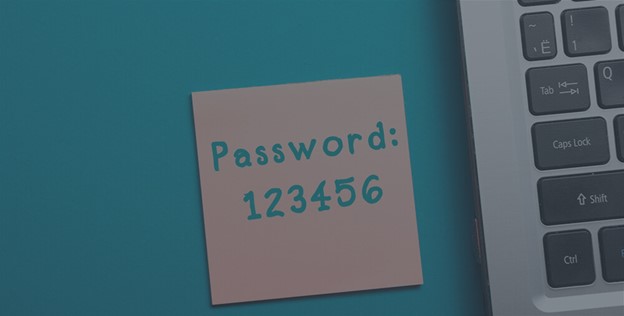
Medical Debt: 3 Credit Facts You Need to Know
December 26, 2021
Money Back in Your Pocket With a Strong Credit Score
December 28, 2021Now is the time to protect yourself from account fraud and identity theft, which can severely damage your credit and finances. To better protect your money and identity, you don’t have to be an expert in finance or cybersecurity. You can implement these four realistic anti-fraud measures immediately to protect yourself:
1. Use Strong Passwords
Weak passwords, such as a version of your birthday or the name of your pet, are easier to crack. In addition, if you use the same password across all websites and apps, a criminal can crack a single password and gain access to everything. You should use strong, unique passwords for every account you have.
You don’t need a spreadsheet or piece of paper to update and remember passwords. You can generate strong, unique passwords across all of your accounts using password management software like LastPass, Dashlane, or Sticky Password. Passwords will be encrypted and protected behind multifactor authentication and other security tools.
It may take some time to update and move all your passwords, but in the end, you will have more secure accounts.
2. Use Multifactor Authentication
To protect your most sensitive accounts, multifactor authentication should be used. At the time of login, the feature requires additional verification in the form of a temporary passcode sent via an SMS or app. Despite getting your username and password, criminals will still not be able to get through the additional verification step.
When passcodes are sent via SMS, multifactor authentication isn’t 100% foolproof. You can be reasonably confident that criminals won’t be able to access your accounts unless you are the victim of a SIM swap scam or your mobile device has been stolen.
3. Freeze Your Credit Reports
As a result of federal legislation implemented last September, freezing your credit report with all three credit bureaus is now free. An important safeguard against identity theft is a credit freeze.
Credit freezes prevent lenders, creditors, and other companies from pulling your credit reports. If the company in question requires credit checks, it makes it difficult for criminals to open accounts in your name. If you are ready to submit a legitimate application, you can temporarily lift the freeze.
Identity theft can’t be prevented once it has already taken place, but credit freezes can prevent future accounts from being opened in your name. You can freeze your credit reports in a matter of minutes on the websites of the three major credit bureaus.
4. Monitor Your Credit
Knowing the status of your credit will help you access the financial products you need and monitor for signs of identity theft. An error on your credit report may be due to human error or a sign that criminals are opening fraudulent accounts in your name.
Either way, you should be familiar with your credit report and credit score. You should review your credit report once a year with each credit bureau and dispute any inaccurate information.
If managing that process on your own sounds complicated, you can hire professionals to monitor your credit. IdentityIQ services monitor your credit reports and credit scores, providing you with up-to-date information and alerting you when suspicious activity occurs. Also, they can monitor the internet and dark web for signs that your personal information has been compromised, cover you for identity theft* losses, and assist if you lose your wallet.
It is wise to invest in financial security and identity theft protection – the alternative could result in financial losses and a negative impact on your credit rating. There is no way to completely protect yourself from fraud, but a few small changes can help. Taking steps now to protect your identity and money can make a big difference later.
Is your personal information on the dark web? Make sure your identity isn’t at risk!


